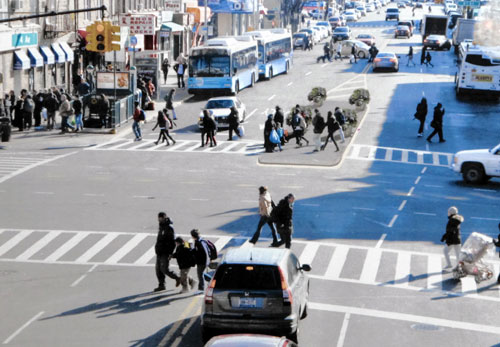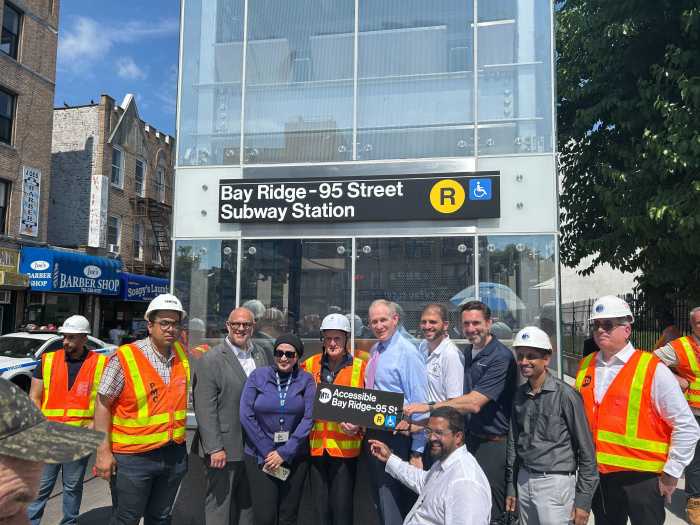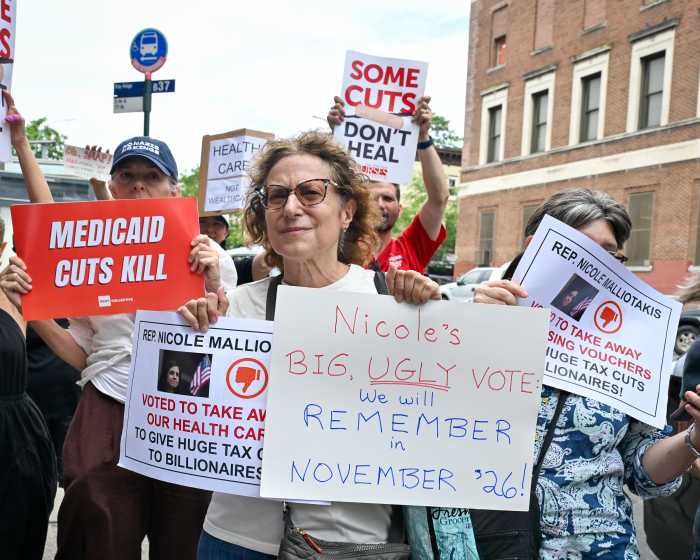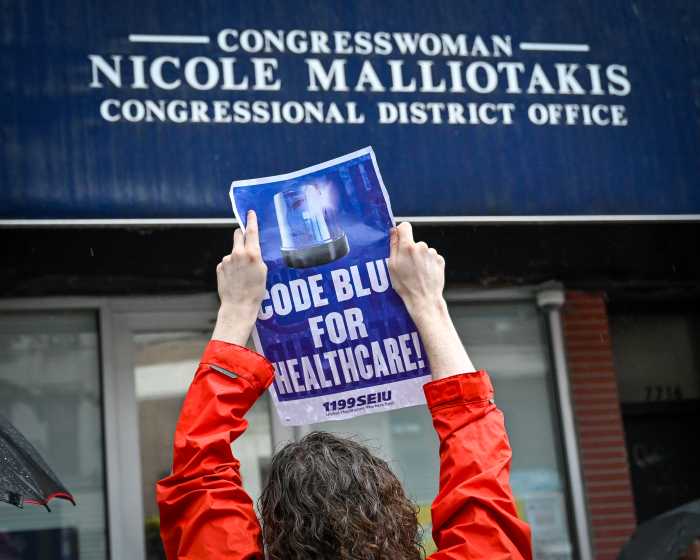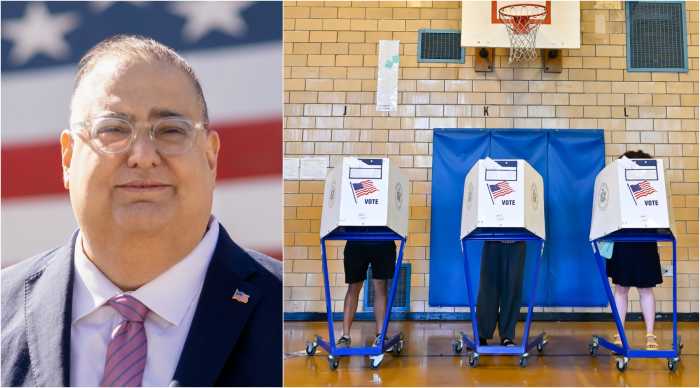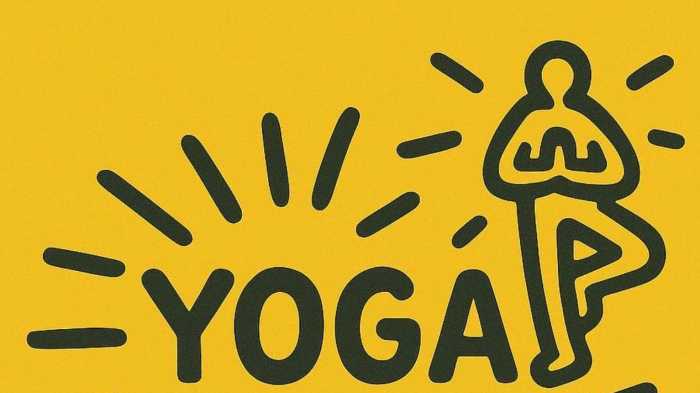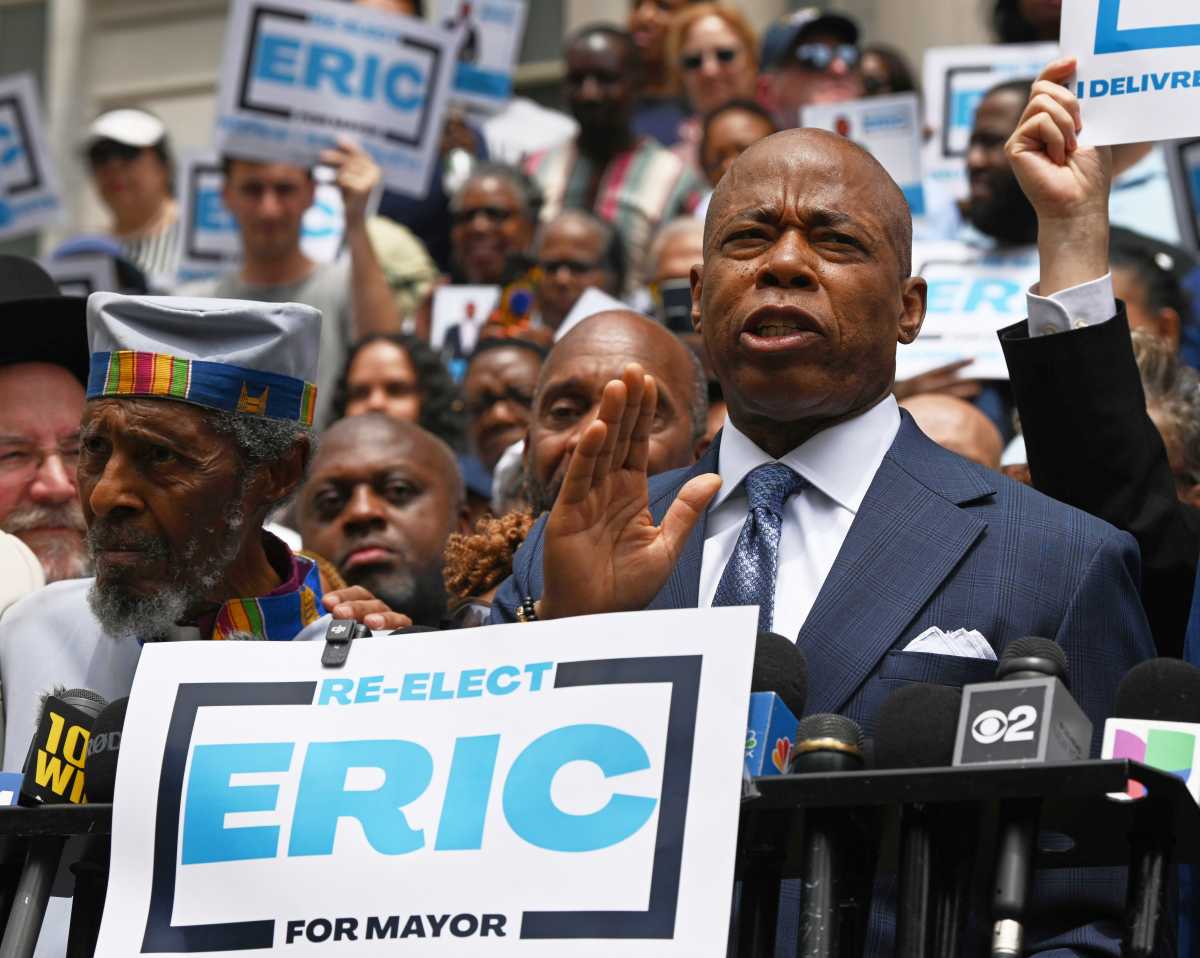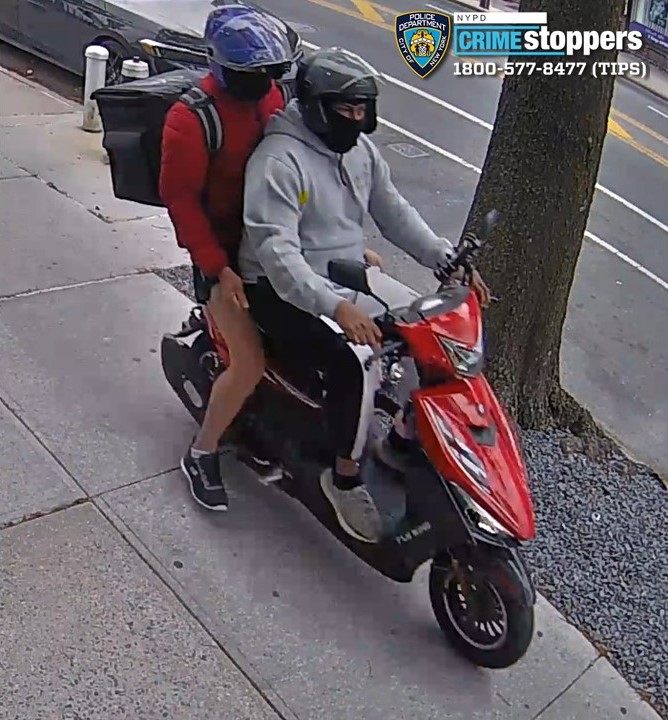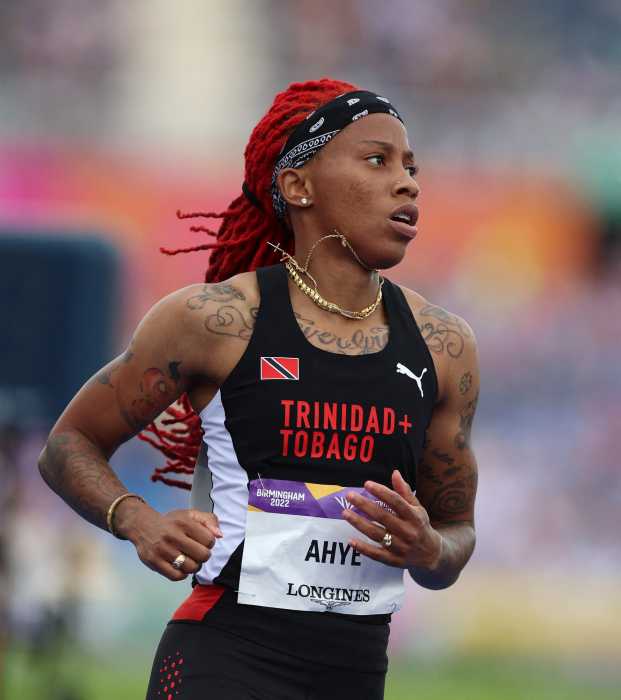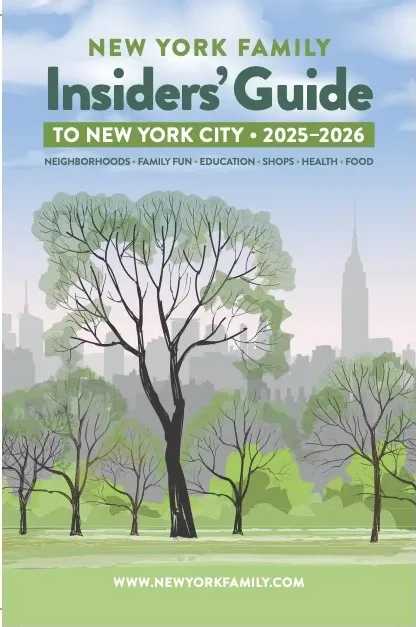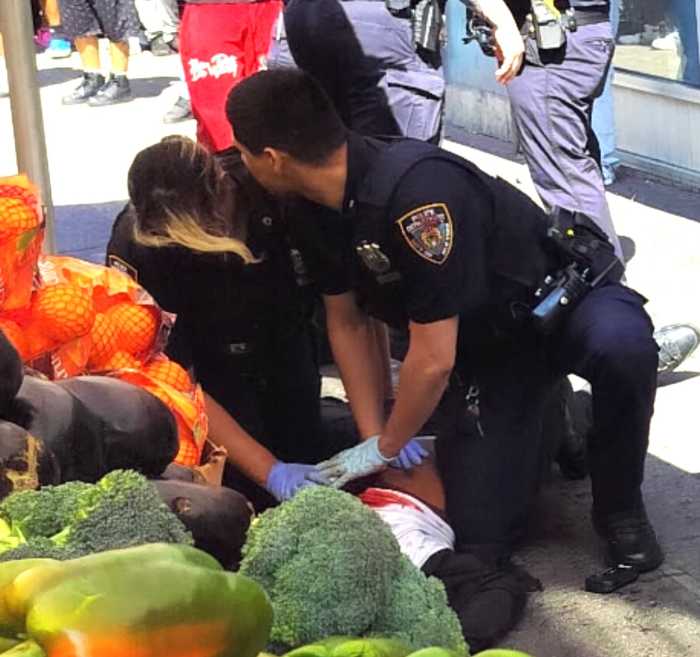Bay Ridge’s Community Board 10 has put up a road block to the city’s plan for slowing traffic on Fourth Avenue with an overwhelming vote against the reforms Monday night.
The neighborhood panel slammed the Department of Transportation’s proposals to shave the collision-plagued thoroughfare down to one lane in both directions between Ovington Avenue and 86th Street, and to shear away one of the Sunset Park-bound lanes between 95th and 101st streets. It also rejected the city’s recommendation for a pedestrian island on the Verrazano Bridge side of the 86th Street intersection, and a Herald Square-style sidewalk fence stretching from 86th Street halfway to 87th Street on the side nearest Third Avenue.
City traffic experts say that the revamps are necessary to put the brakes on leadfooted motorists and increase pedestrian safety on the thoroughfare — which a federal study declared the third most dangerous in Brooklyn. But CB10 members argued that the changes would do nothing but create traffic congestion.
“There is no consideration for cars,” said the board’s leading automobile advocate Allen Bortnick. “If you cut this down to one lane, you’re going to have more problems than you can shake a stick at.”
Other board members claimed changes along the Sunset Park stretch of the Avenue similar to the ones proposed for Bay Ridge have caused massive traffic snarls.
“I’ve seen all these lane reductions all over the city and all over Fourth Avenue. And all they do is clog things up,” said board member Greg Ahl. He added that his personal commute from 69th Street to Atlantic Avenue has gone from 11 minutes to half an hour as a result of recent reforms.
And some on the panel suggested that it would be selfish for Bay Ridge to improve safety for residents at the expense of those travelling through the area.
“I think Fourth Avenue must remain a thoroughfare, even to the detriment of locality use,” said board member Judy Grimaldi.
Bortnick has even put forward his own counter-proposal for improving safety at the 86th Street and Fourth Avenue junction — a plan that involves erecting an observation tower in the middle of the intersection, where a police officer can bark reprimands at jaywalkers via a loudspeaker.
But dissenters on the board argued that studies have shown that lane reductions do not lead to traffic jams — and that the city plan would protect the most vulnerable Ridgites from becoming roadkill.
“Who are the pedestrians being struck? It is disproportionately affecting the elderly and school-age children,” said board member Bob Hudock.
Other supporters of the city’s plan said that motorists should be willing to make sacrifices in order to end the spate of crashes along the roadway.
“I am willing to put my convenience as a driver behind the safety of the community,” said member Rita Meade.
But the board overwhelmingly disagreed with Hudock and Meade, and voted down nearly all of the city’s proposals — though it did support repainting several crosswalks and extending the curb at a handful of intersections.
CB10’s decision makes Bay Ridge the lone hold-out against the city’s traffic reforms. Park Slope’s Community Board 6 voted down a similar lane-trimming plan in June — but decided in favor of a tweaked version of the proposal a week later.
The city is free to roll right over CB10’s vote, since the board’s decision is only advisory. But the Department of Transportation has deferred to the panel in the past.


